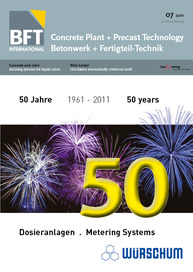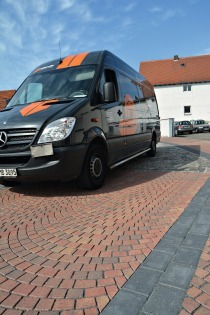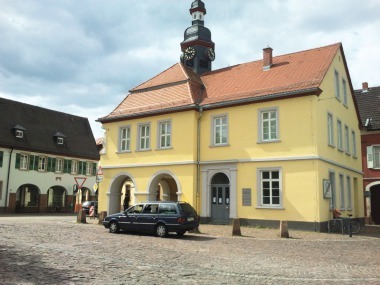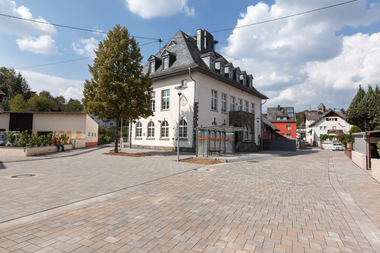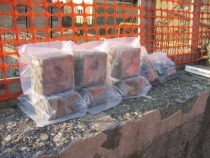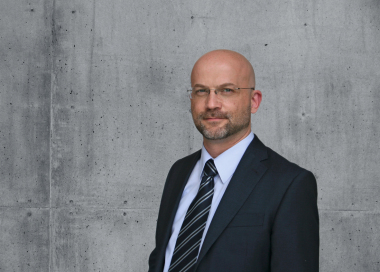Concrete is always a solution
A German regional newspaper published an article in mid-June about the planned restoration of a market square in a small town in western Germany. The chairperson of the local heritage association, a Ms W., told the editor of that newspaper that “concrete would be a mortal sin” for paving the historic town center. The newspaper article picked up this opinion in the polemic heading “Concrete is no solution.” It goes without saying that I, as the editor-of-chief of BFT INTERNATIONAL, was startled when I saw this article on the Internet.
This article also features nondescript market squares paved with concrete blocks that allegedly would not fit into a picture of historic town centers. But this article also openly admits that the main walking zones on the market squares had in fact been laid in concrete years ago, because the existing basalt pavement had proved uneven and therefore uncomfortable to walk on. The journalist continues with, “Ms W. can well understand the demands of the rollator and wheelchair users, buggy pushers, and cyclists who would like to have a smooth pavement.” The use of the word “smooth” in this context, instead of “even” or “comfortable to walk” on leads to the erroneous conclusion that Ms W demands “cut, smooth, natural stone pavers – that would be the right solution for this square.”
Skid resistance, variety, durability, effectiveness of laying instructions, substructure – there is no need for Ms W to know all these details. But going public with her partial-knowledge and making a case against concrete is dangerous for our industry. We tediously pursue our lobby work and tirelessly try to assert ourselves against competitors in the individual precast sectors. Our industry persistently fights for market-oriented prices. A newspaper article like this can quickly and severely damage all of these efforts in a region. A terrible pity!
I will continue to write with great satisfaction for a strong industry that, admittedly, tends all too often to sell itself short, but which is, in fact, absolutely competitive – thanks not least to competent and dedicated executive staff. But one thought is probably shared by all of us: Unfortunately, not all end consumers have by now learned what solutions concrete products can offer! That is a situation that all of us should quickly change – all of us together.
Yours, Andrea Janzen

